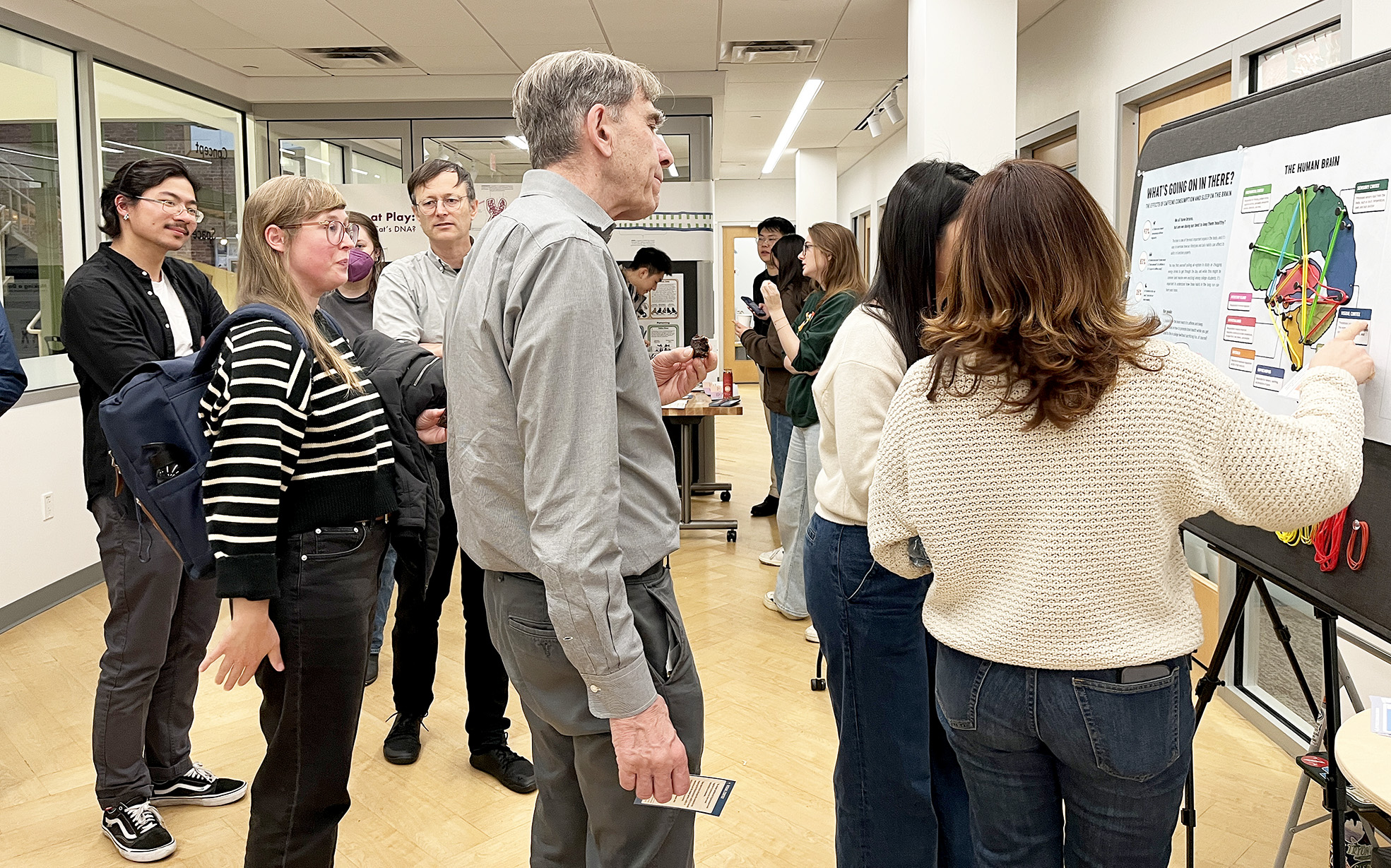
Information designers’ bread and butter is making sense of complexity. This is why the core courses in the first year of the Information Design & Data Visualization (IDDV) graduate program centers in building an information design mindset. Throughout the semester, in ARTG 5100 Info Design Studio 1, students engage in a range of projects from visual analysis to collecting, cleaning, and transforming data into a visual narrative to explaining complex concepts and processes through visual and interactive means.
For the final project, working with a team of three or four, students select a technical or scientific topic, unfamiliar to general audiences, and plan, design, and build an interactive exhibit. Following the information design process, students first research the topics and learn all about them, so they become familiar enough to start identifying key concepts that they could focus on clarifying as well as selecting an audience they could focus on. With this basic understanding on the topic, students interview their audience to identify what they don’t understand about the topic, what parts are harder to comprehend for them, and why they are complicated to parse. This approach helps students define questions that the audience would like to answer after visiting the exhibit.
These insights guide content decisions and provide direction to the team’s conceptual design work. Initial concepts and prototypes are tested to assess content clarity and understandability, the flow of the experience, and the functionality of interactive components.
The final exhibition include mostly physical components that the audience can interact with. Digital components can be used as secondary components. Engaging in a non-digital driven project helps students think about information design beyond the screen. They learn how to think three dimensionally and gain a sense of scale by having to build, test, and refine physical components. The project also makes students realize the essential role that users play in information design and why designing with them in mind since day one leads to a clearer, easier to navigate, and more compelling intervention.
Last Fall, three groups of students did an amazing job for this project, creating three interactive interventions, which all together made for both an instructive and engaging exhibit at the Center for Design in Northeastern University.
Genetics at Play
The project focused on explaining how cats’ fur colors and patterns are inherited; what colorings are more common, which are less common and why; why are some colorings only found on female cats; how many options for cat fur color and patterns there are, and how genetic inheritance works on a basic level. Students used the metaphor of a “deck of cards” to make the genetic content more accessible to the general audience. The final intervention included four components: (1) a wall of Cats showing a grid of cat breeds with cards visualizing genes as decks of cards; (2) a DNA display showing the chromosome structure and describing gene function; (3) a poster explaining basic genetics through text and drawings, and (4) a hands-on activity using a Punnett square spinner to create and color a genetically unique cat.
What’s Going on in There? The effects of caffeine consumption and sleep on the brain
The project aimed at helping freshman college students understand how their varying sleep and caffeine intake habits affect their brains in different ways and how to maximize brain health via good habits. While we all have a brain, not everyone understands how different brain parts function and react to factors such as sleep and caffeine. The team created a
game or personality quiz based on questions and information cards to educate college students on the physical brain while connecting it to their personal lifestyles. The cards were complemented with a board with pins and a diagram of the brain. As the user answers each question, they are prompted to take a rubber band (of the color corresponding to how they answered the question) and instructed to place it around certain pins. This part of the interaction is focused on showing how the parts of the brain relate to the content of the question.
Xperience: Self Landing
This project presented SpaceX’s advanced technology of self-landing rockets, highlighting the challenges faced throughout the process. It explained the basic components of the rocket, how it returns to Earth, why it is designed to return, the complexities of landing, and why this is such a significant challenge. The final intervention had multiple elements, such as a blueprint guide for assembling the self-landing rocket Starship, each demonstrating a core stage in the self-landing journey: Stage 1: Assigned Mission, Stage 2: Assembly and Liftoff, and Stage 3: Separation and Location.
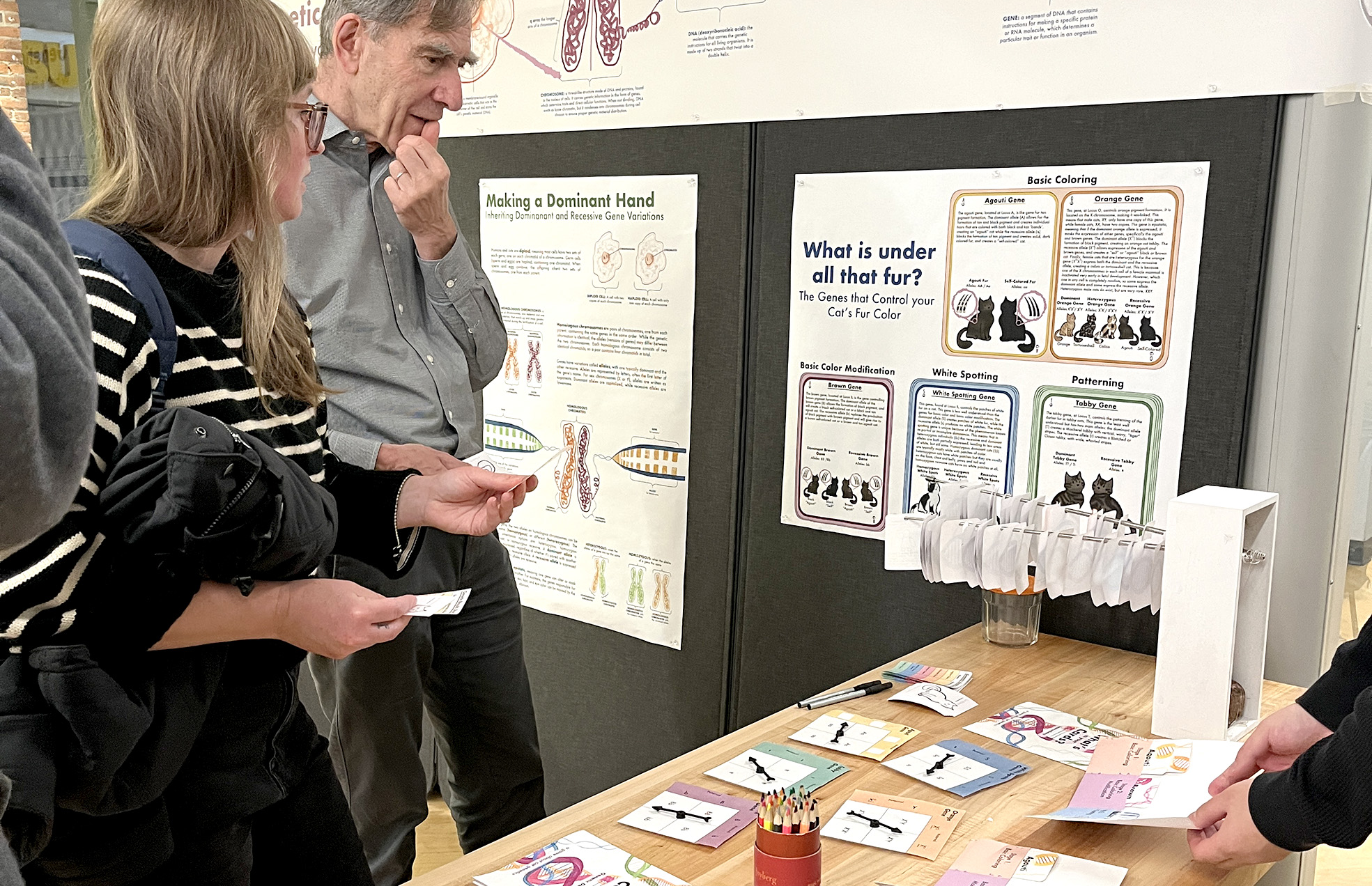
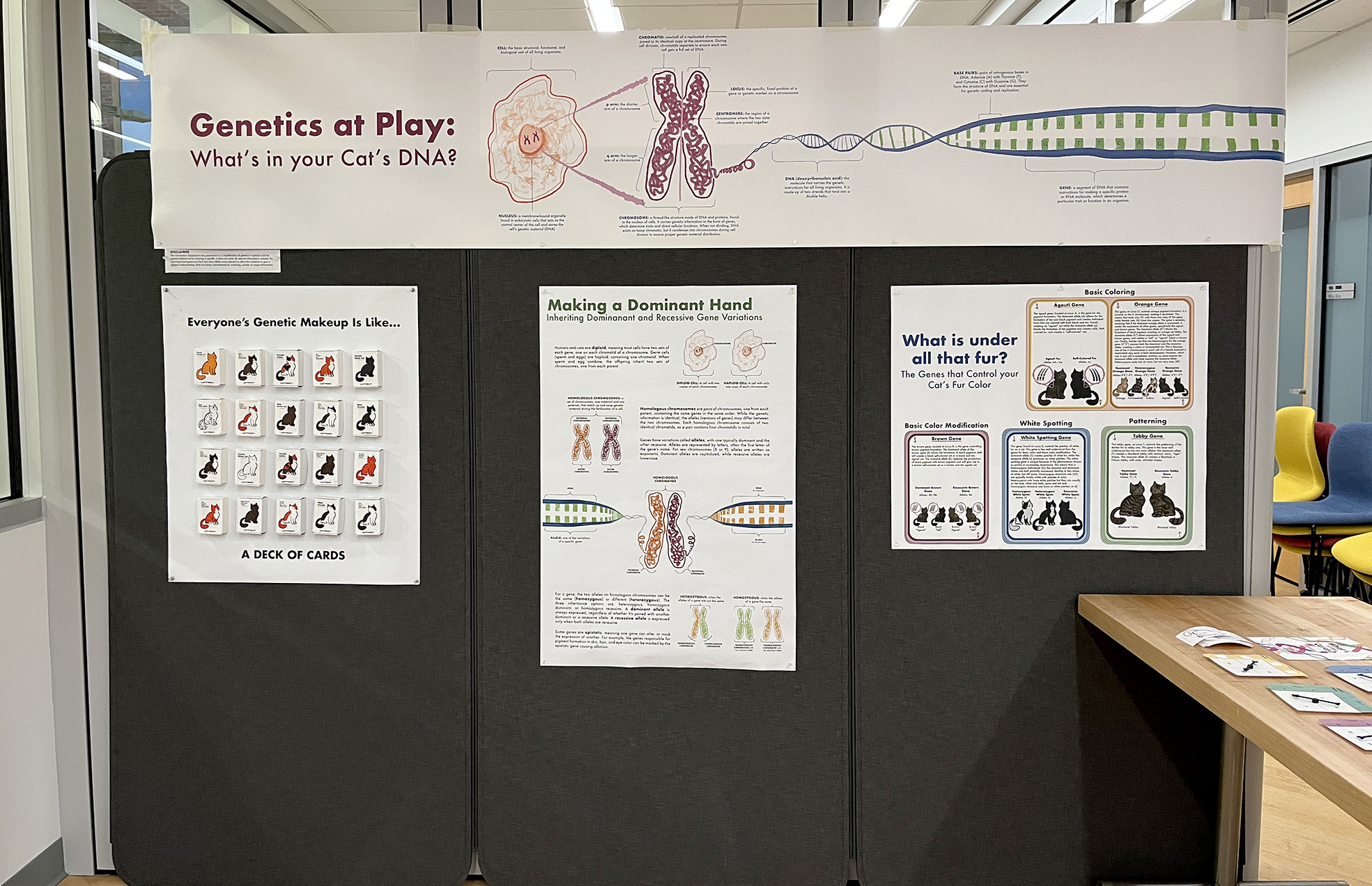
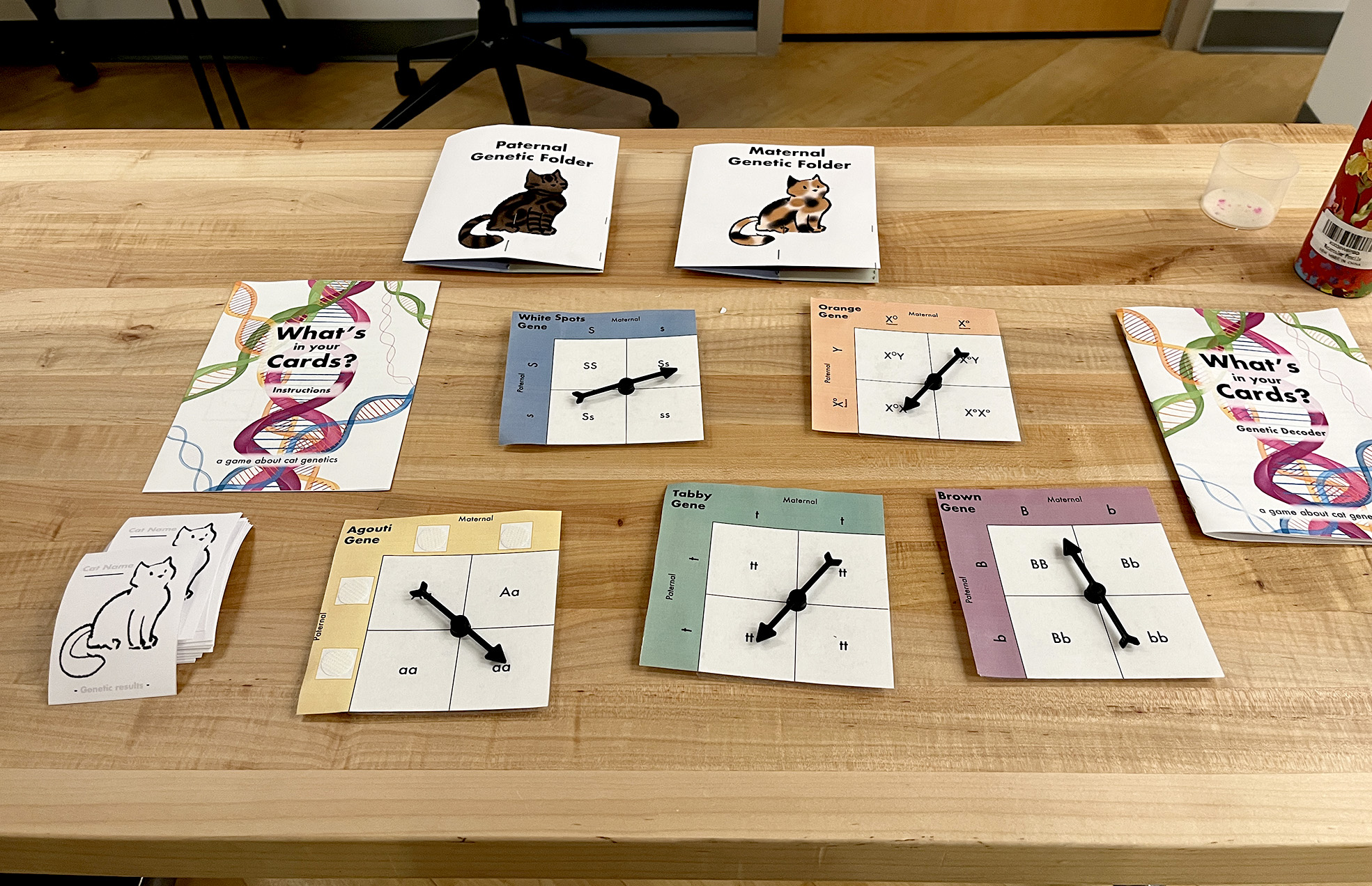
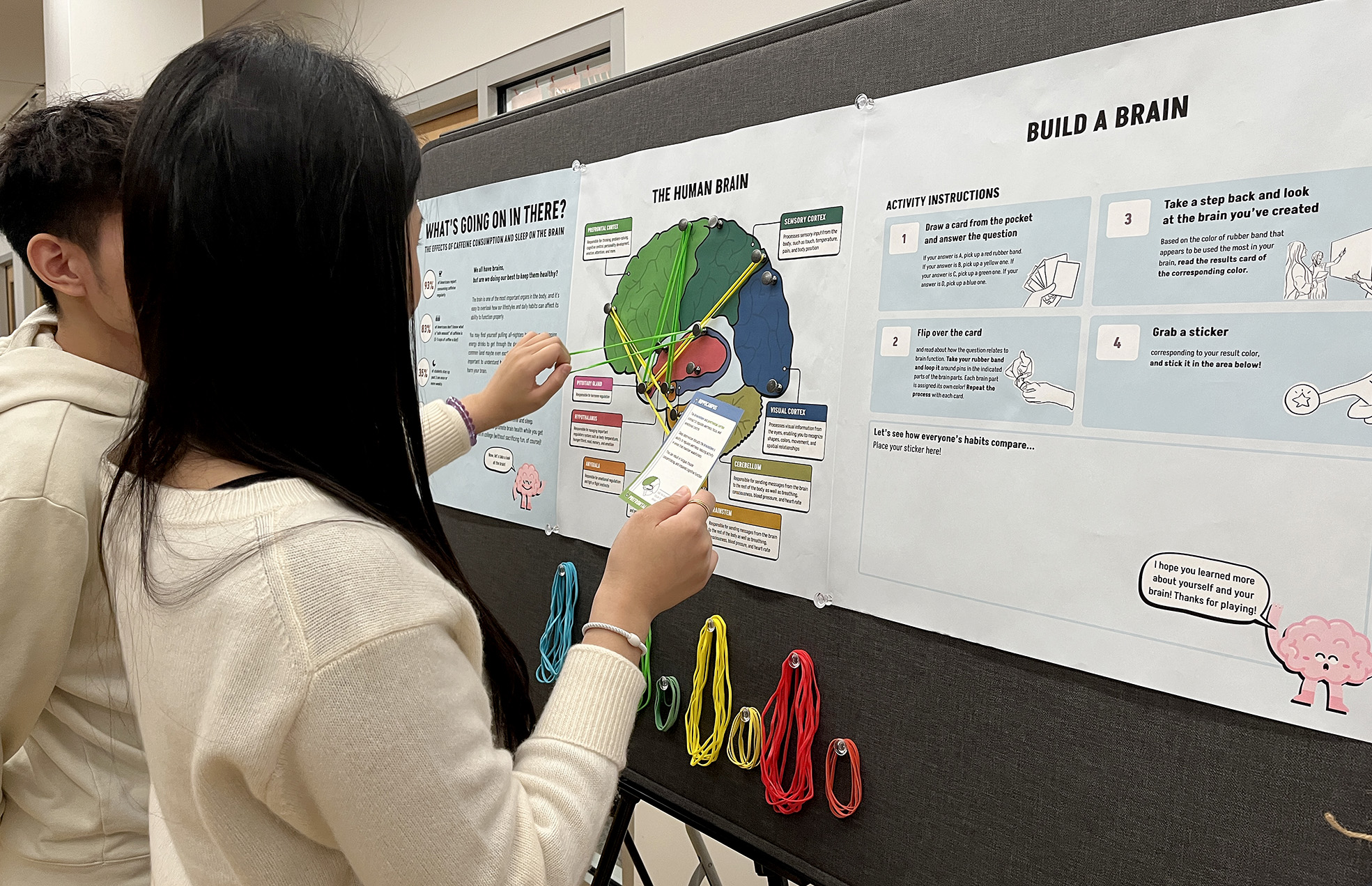
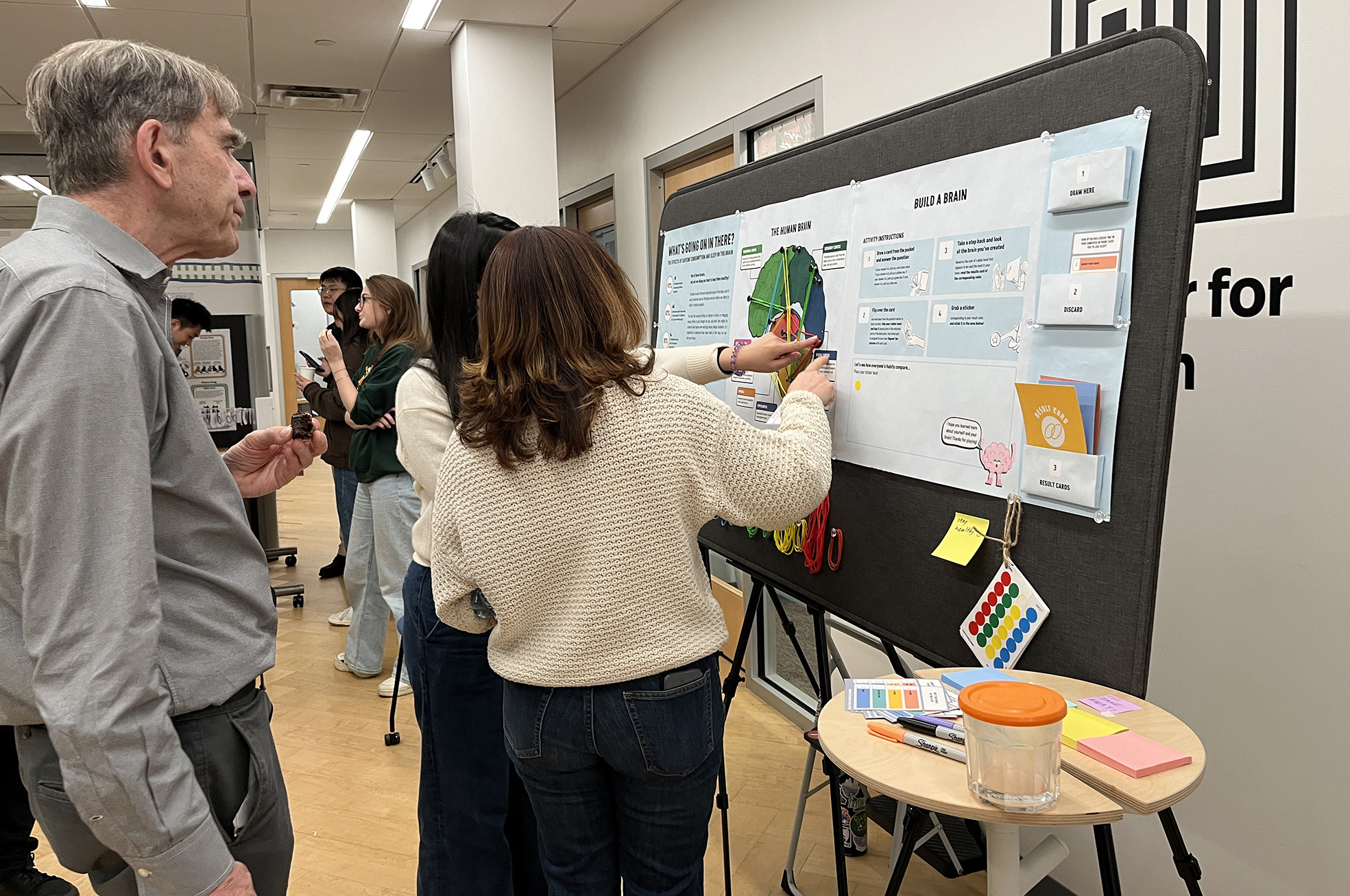
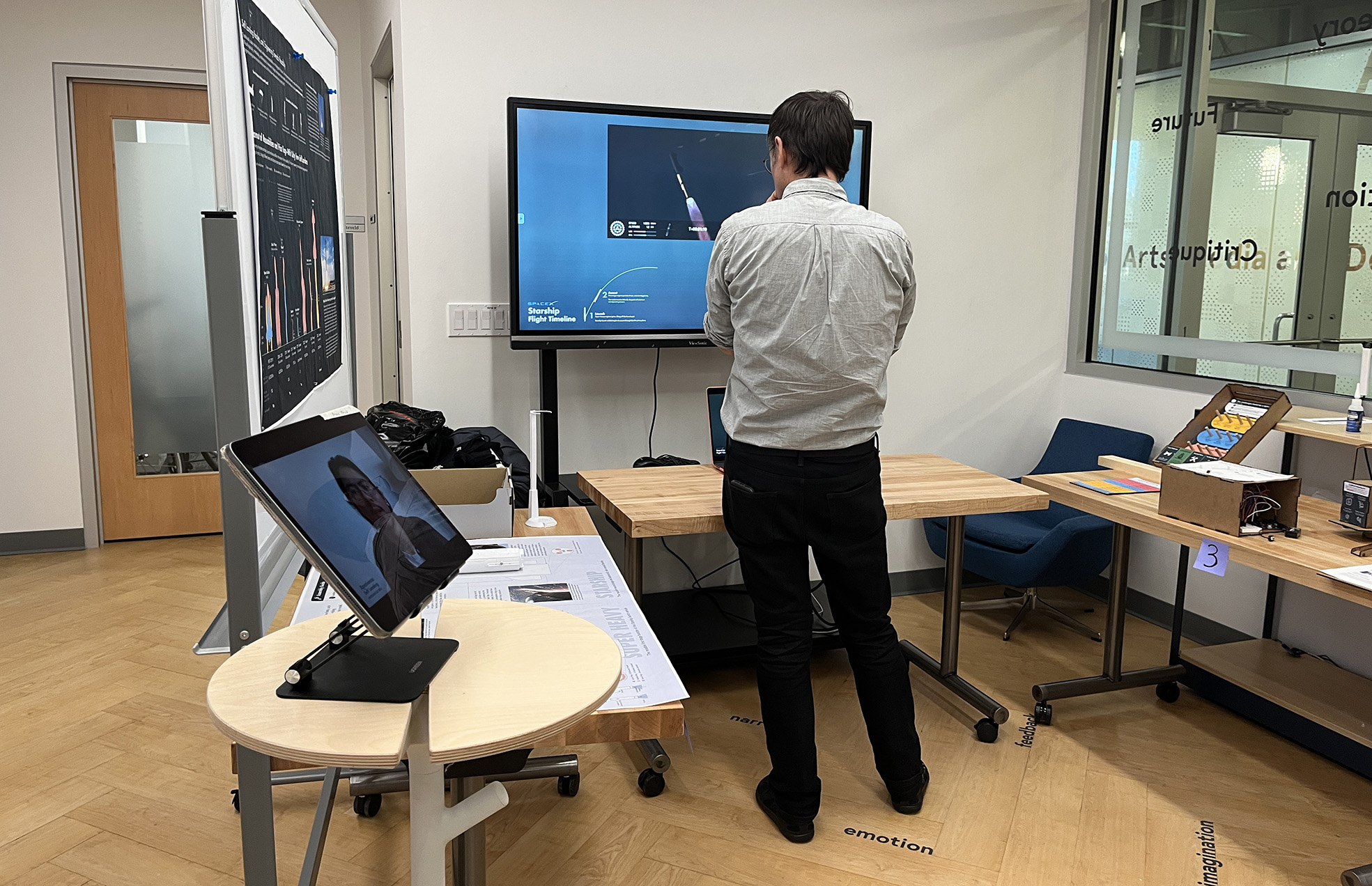
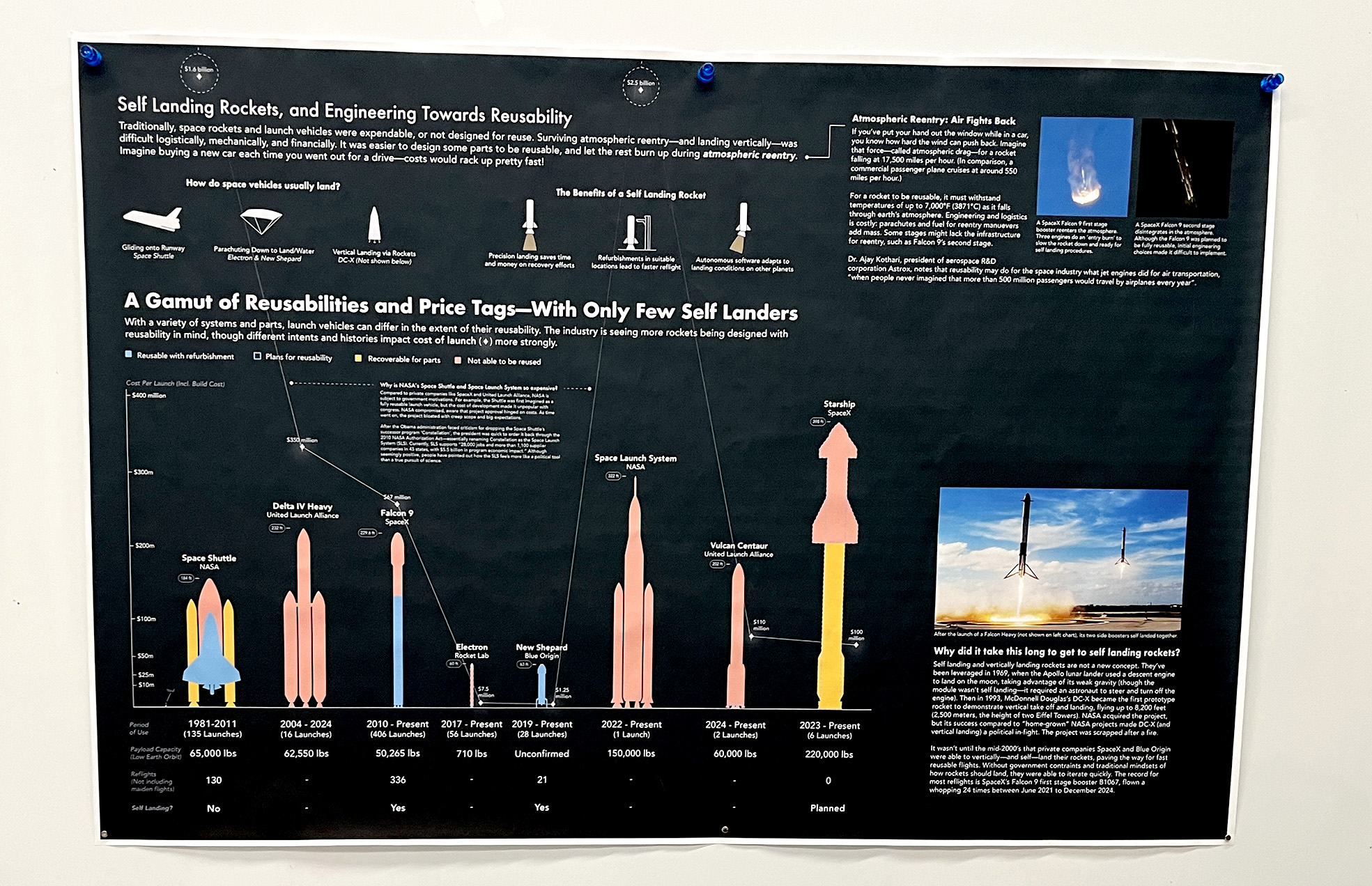
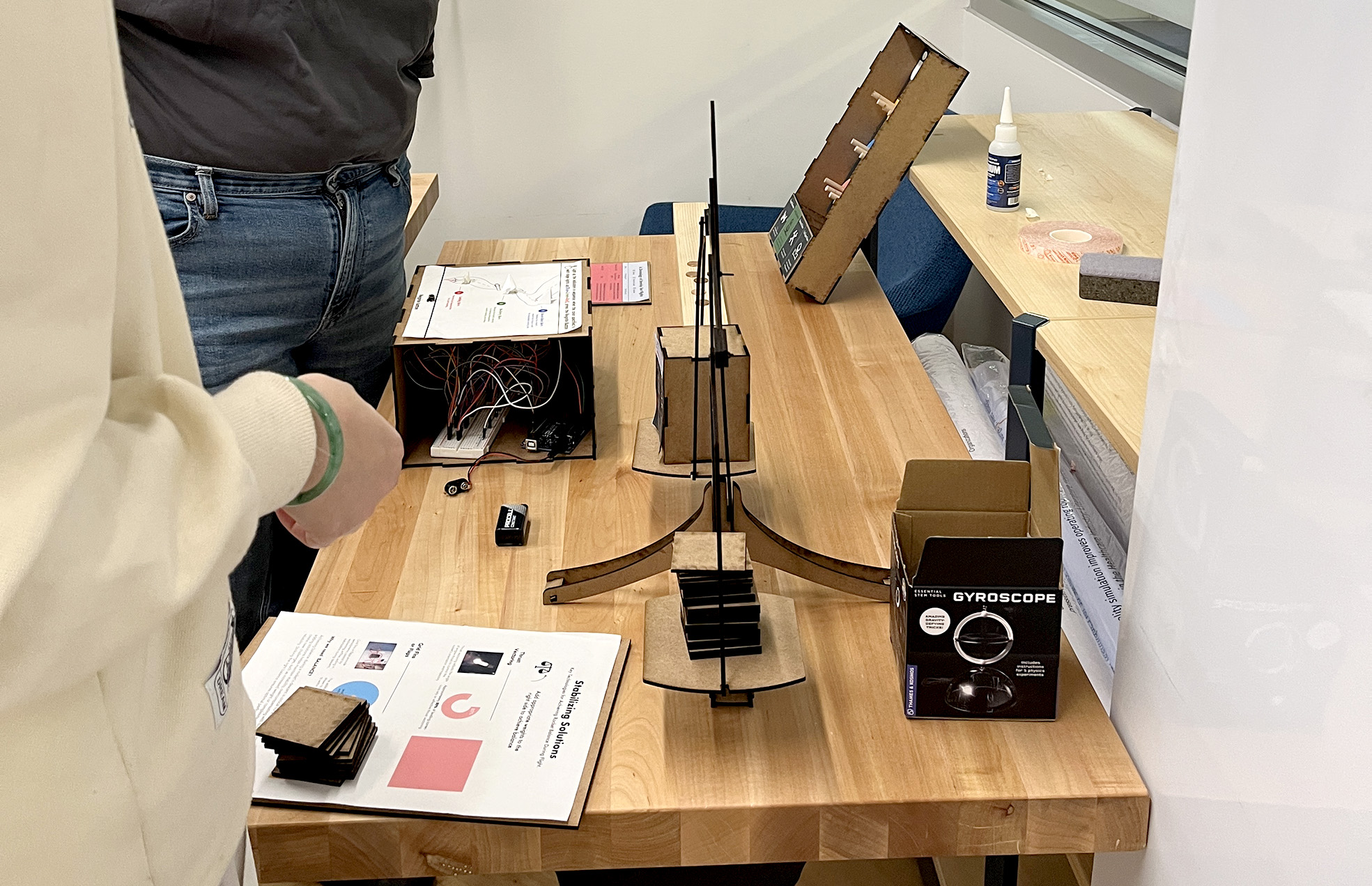
Leave a Reply